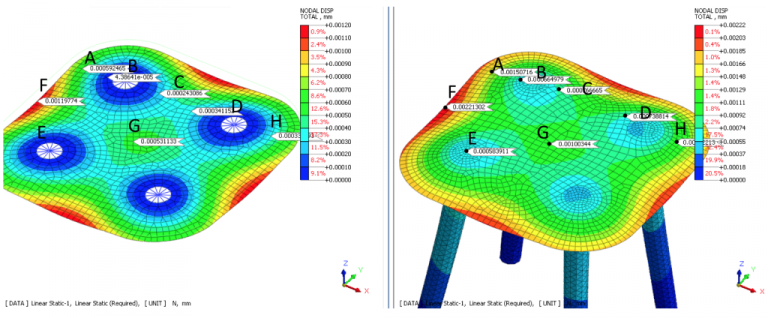

They were used before the availability of surveying and cartographic methodologies, before the expansion of the cultural terrain.Morphological: Drawn to follow some evident characteristics of the natural landscape, morphological boundaries tend to ‘follow’ a natural feature but are incorrectly misunderstood as a replacement for natural boundaries.įollowing are the types of international boundaries in this category:.These may be demarcated based on various linguistic groups. Ethnic: Boundaries that are formed to keep certain racial groups apart are known as ethnic or anthropogeographic boundaries.These are called geometric or straight-line boundaries. Geometric: Apart from the functional and physical classification, boundaries can also be drawn in a way that they follow a geometric pattern or a straight line.Miscellaneous Factors-Based Classification.Examples of these natural features include mountains, lakes, and rivers.A physical boundary is drawn such that it follows the natural features present in the environmental landscape.The Physical or Physiographic Classification.A functional boundary is based on the concept of the type of association that exists between the line at the border and the evolution of the cultural topography of the country that it describes.The Functional or Genetic Classification.There are two broad systems for classifying the types of international boundaries: The Two Classifications for International Boundaries West Bengal and Bangladesh share the border at 2,217 kilometres.The international border between Bangladesh and India is 4,096 kilometres (2,545 miles) in length, making it the world’s fifth-longest land boundary.The borders of the United States, for example, denote the space that we can define as the country or the area over which the federal government of the United States has absolute authority.As a result, the border represents the limit, or the furthest extent, of space over which a government has sovereignty.Within its borders, a single government has complete authority, which is unaffected by other governments.


The space between sovereign states is defined by an international boundary. It is not necessary that the boundary lines only split two countries these can be between states, cities or even provinces. The symbol for international boundary is a combination of dashes and/or dots. The types of international boundaries are classified on distinct factors, from cultural landscape, religion, and language, to the course of a river. These designations on the border help us identify the dividing line between countries with territorial limits.
#Subsequent boundary full#
International Boundary Lines are lines of separation between two countries, wherein individual governments have full authority over the land on each side.


 0 kommentar(er)
0 kommentar(er)
